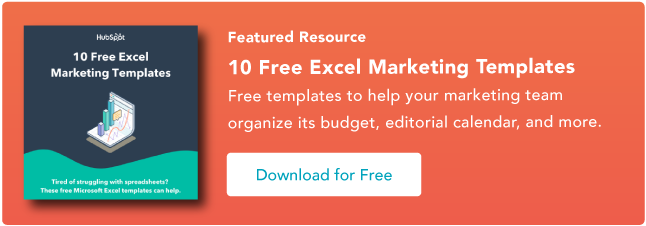Many brands use email marketing for lead nurturing, relationship building, and customer acquisition. Healthcare brands are not an exception.
While recent statistics put email ROI at $36 for every dollar spent, knowing how to craft your healthcare email is key to unlocking this monetary value.
I’ll share 15 of my favorite healthcare emails in this article and why they work. You’ll also get 10 healthcare email templates for different scenarios. Stick around and get inspiration for your next campaign.
To learn more about email marketing, take a gander at our ultimate guide, which features insights from several industry experts.
![→ Download Now: The Beginner's Guide to Email Marketing [Free Ebook]](https://i4lead.com/wp-content/uploads/2024/03/53e8428a-29a5-4225-a6ea-bca8ef991c19.png)
The Best Healthcare Email Examples
1. Standard Welcome Email
Sending welcome emails to your new email subscribers lets you thank them for joining your healthcare mailing list. It’s also a splendid avenue to set the tone for new subscribers’ expectations.
Here’s an example of a welcome email I got from Adventist Health after subscribing to their newsletter.
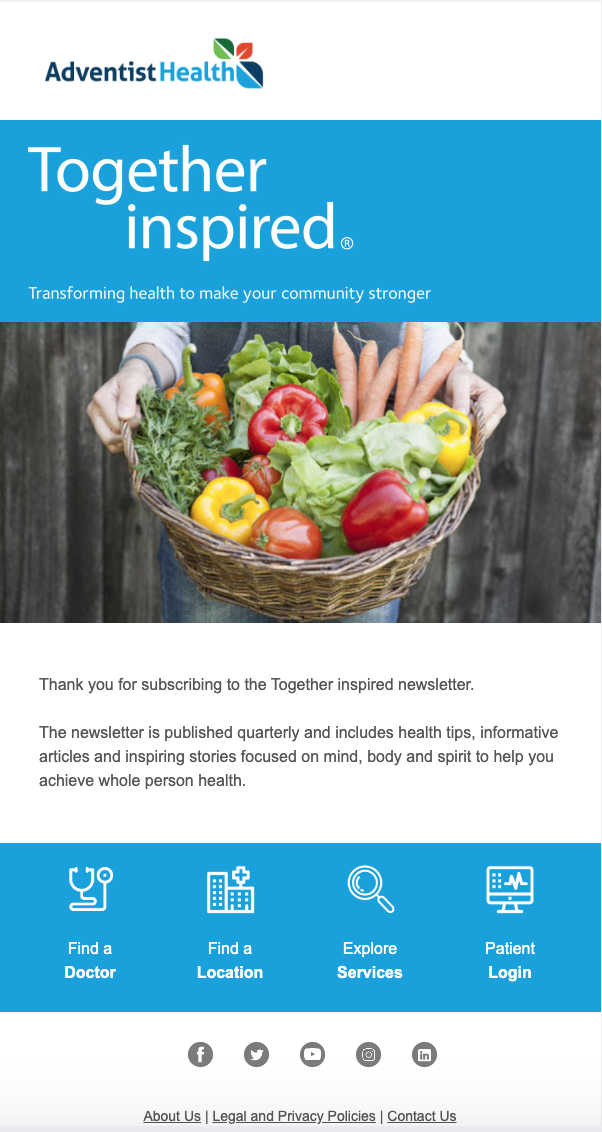
Why the Email Works
The first scroll stopper in this email is the newsletter name, “Together Inspired.” A unique name gives an identity to the newsletter. This name makes the newsletter recognizable and fosters community among readers like me.
The welcome email also does a great job of telling me about the content to expect and its frequency. This transparency helps subscribers to manage expectations.
Including links to helpful resources on the website encourages subscribers to take further action.
What I like: The simplicity of this welcome email is fantastic. The fruit basket image helps grab attention and adds a pleasant touch to the design.
Also, the copy is short and straightforward, and the calls-to-action (CTAs) are not screaming “buy now.”
2. New Customer Coupon Email
Your new email subscribers will want a good deal. To provide that, you can offer sales discounts like coupons. Whether running a practice or selling healthcare products, offering a coupon can help you win a skeptical customer.
Everlywell is one healthcare brand that milks this sales tactic to grow its revenue.

Why the Email Works
Giving subscribers a discount doesn’t mean they’ll bite — you need to clarify the benefit they’ll get. Everlywell does this effectively. The headline, sub-headline, and content are all geared towards one action: getting subscribers to save 20%.
Also, Everlywell uses bullets to break down large chunks of text. This makes the content organized, scannable, and digestible.
I like the CTA copy — “Save 20% now.” Subscribers like me can’t help but save some change by clicking the button and taking one more step towards the sale.
This means the CTA drives immediate action compared to generic ones or offers no benefit, like submit, sign up, and subscribe.
What I like: The email design is catchy. I also love the color combination, diversity in the color of people below the headline, and typography.
3. Educational Content Email
Sharing promotional content in every email can only take you so far. As the author of The Sales Bible, Jeremy Gitomer, says, “People don’t like to be sold to, but they love to buy” after they get value from vendors.
You can provide value by educating your subscribers with relevant health tips and resources. This establishes you as an authority, builds trust, and nurtures your subscribers until they are ready to buy. Parsley Health excels at this.

Why the Email Works
The subject line — “3 tips for better gut health” — is captivating and aligns with email marketing best practices. Research shows email subject lines with numbers have 57% better open rates. Why? Numbers create curiosity and suggest what an email contains. Also, using the same title as the headline reinforces the message and encourages further reading.
I also like the short and well-structured copy, which has relatable images breaking up the text. This makes it easy for subscribers to read and digest the information. Adding multiple CTAs to relevant resources is an effective way to increase brand awareness and build trust.
What I like: I like how the tips and their corresponding images alternate in the grid layout. This makes the email design visually appealing.
4. Product Email
Product emails primed to convert are concise, have an impressive design and CTA, and use compelling language to highlight features and benefits. They may also include visuals. Let’s look at this fantastic example from Wisp.

Why the Email Works
Wisp’s subject line (“Kiss BV goodbye”) can produce a high open rate because it speaks to a specific pain point — treating bacterial vaginosis. This email also uses the PAS (problem, agitate, solution) copywriting framework well.
- You’ll wait 26 days — problem
- That’s way too long — agitate
- Get relief in 3 hours — solution
Notice the numbers in the email? They add specificity to the problem and solution, making Wisp’s claims quantifiable. Including social proof like the testimonial also helps Wisp establish credibility and boost conversions.
What I like: The email design has an appealing color combination. The copy also says much in a few words that could compel subscribers to make a buying decision.
5. Promotional Email
The goal of promotional emails is simple: persuade subscribers to buy. You do this by leveraging targeted messaging, discounts, limited-time offers, and compelling CTAs. Here’s another excellent example from Everlywell.

Why the Email Works
The subject line — last chance to save 15% — employs the FOMO (fear of missing out) tactic to create a sense of urgency and prompt subscribers to open the email.
Telling subscribers exactly what they’ll save (15%) can also pique their curiosity, resulting in a higher email open rate. The cherry on top is when subscribers read the email and find they can save up to 56% on different Everlywell products.
The email copy is short and fluff-free. It also includes two CTA buttons: Shop now and Join now, making it easy for readers to take the next step.
What I like: The images and colors used in Everlywell’s email design make it visually appealing. Also, the 15% and 56% off on both images are hard to miss and make the goal of the email clear.
6. Webinar Invite Email
Hosting webinars effectively increases brand awareness, establishes authority, and builds credibility. Webinar invite emails typically include the topic, date, time, and registration instructions. They aim to convey the value of attending and encourage participation. Look at this example from Headspace.

Why the Email Works
Headspace personalizes the email immediately by addressing the reader by their full name. Personalization creates a connection with the recipient, making them more likely to engage with the email content.
Also, the language in the email is a fine attempt to connect with subscribers emotionally. Using multiple contrasting CTAs also primes readers to focus on the goal of saving their spot.
What I like: Blending a yellow background with a smiling sun icon is brilliant. Yellow color conveys a sense of warmth, positivity, happiness, and optimism, which ties in with the content of the email.
7. Appointment Confirmation Email
Once clients book an appointment with your practice, they expect to receive a confirmation email. Here’s an example from Pearle Vision:

Image Source
Why the Email Works
This email is brilliant because it begins with personalization by mentioning the recipient’s name. This captures the reader’s attention and encourages them to learn more about the email.
The email includes essential information, such as the appointment’s date, time, and location. Including the directions button is a pleasant touch that makes it easy for the reader to find the area in one click.
Also, the CTA is clear and compelling to get prospects to confirm their appointment. There’s also an option for clients to reschedule if they can’t show up. This is great for people who could get busy, especially at the last minute.
What I like: The email is laid-back and gently reminds subscribers to confirm their appointment. I also like how Pearle Vision uses the P.S. section to encourage readers to receive appointment reminders via text.
8. Preventive Care Reminder Email
Sending email reminders about regular check-ups, tests, or vaccinations is a great way to show you care about the health of your subscribers. This helps to build trust, strengthen relationships, and encourage referrals.
Let’s look at this example from One Medical, which is encouraging its patients to get their flu shots.

Image Source
Why the Email Works
The headline, “Don’t miss out. Get your flu shot.” grabs the reader’s attention and creates a sense of urgency.
The email content also does a great job of answering questions about why they need to get the flu shot. This helps to overcome any objections readers may have.
The contextual CTA (Want more? Get the facts) is also relevant, actionable, and compelling for subscribers to take action.
What I like: Interchanging the position of the content and icons in a grid layout makes the email design engaging. The images of the people also tell a story.
For example, as a married person, I can relate to the images of the men and women at the opposite ends because I wouldn’t want my partner to get the flu.
9. Survey Email
Healthcare companies, medical researchers, and wellness programs can use survey emails to assess the effectiveness of services, understand patient satisfaction, or collect data for health-related studies.
Here’s an example of a survey email from Ritual.

Image Source
Why the Email Works
The subject line — A couple of questions for you — is curiosity-driven, which can increase open rates. I also like the brief email copy, which states what’s expected of the reader and the survey length.
The color of the CTA button reading “Take the survey” contrasts with the rest of the page, making it hard to miss.
In addition, including a name at the bottom of an email adds a personal touch and reinforces the idea that a natural person is behind the communication.
What I like: I like Ritual’s clean, minimalist email design. Nothing fancy.
10. Milestone Email
Companies send milestone emails to celebrate and acknowledge significant achievements or events. These emails recognize and appreciate the recipient’s accomplishments and mark significant anniversaries.
Here’s an example of a birthday email from Alpha Chiropractic.

Why the Email Works
The email starts with a personalized greeting (“Hi Julie”), which shows it’s tailored to the recipient. This helps to establish a connection and make the content feel relevant and meaningful.
Also, the email uses positive language throughout, wishing her good luck, health, and happiness. Though subtle, the email encourages future visits to Alpha Chiropractic. How?
It mentions the brand’s desire to continue helping Julie achieve her wellness goals.
What I like: The email is simple. No special birthday discount or sales pitch. Just a friendly and sincere birthday message enough to put a smile on the recipient’s face.
11. Thank You Email
How do you express appreciation and gratitude to your subscribers for a specific action they took? Simple! By sending a thank you email. It may seem little, but it goes a long way in endearing people to your brand.
Look at this example from Tebra.
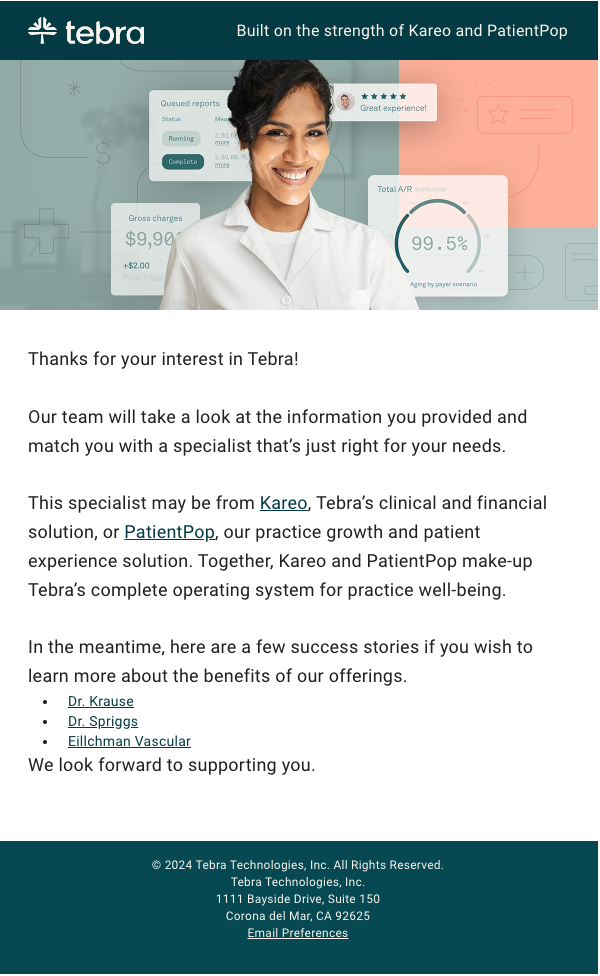
Image Source
Why the Email Works
After I applied to see a specialist on the website, Tebra sent a nice thank-you message to confirm my interest. This established a positive first impression and ensured I look forward to being matched with a specialist.
The email also contains links to success stories — an excellent opportunity to learn more about Tebra and enhance trust.
What I like: The image of the lady with a bright smile is attention-grabbing and creates a welcoming atmosphere.
12. Order Update Email
After customers purchase a product, sending an order update email is ideal. Besides informing the customer of the order status, this email creates a positive post-purchase experience because of the transparency in the transaction process.
Burst is an example of a healthcare company that sends order update emails to its customers.
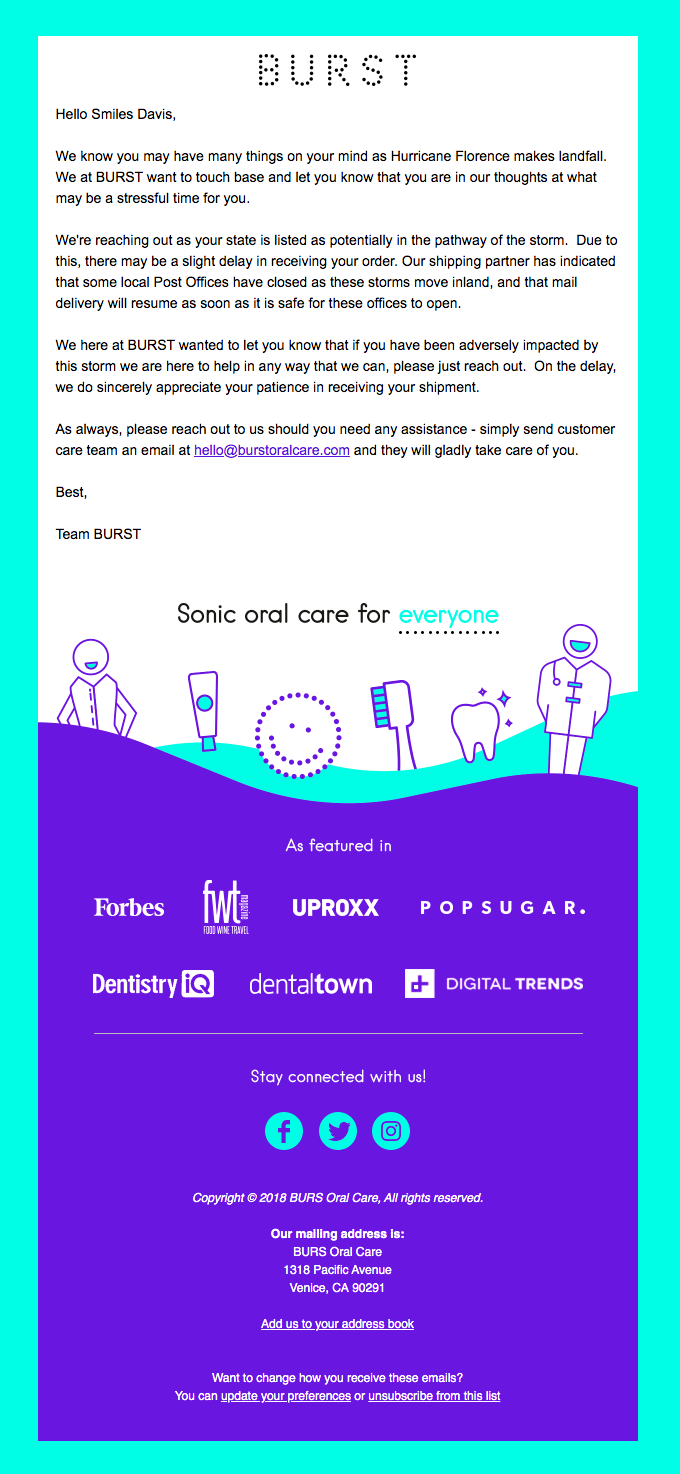
Image Source
Why the Email Works
Rather than go straight into sharing the order update, Burst empathizes with the customer in the face of a difficult situation. This is a great way to show you care for your customer’s well-being.
The email also contains an “as featured in” section. From experience, adding any form of social proof to your content reinforces credibility and increases customer trust.
What I like: I like the illustrations added to the email content. It’s a cheeky way to show its dental-related content.
13. Informational Email
An informational email is one you send to convey essential details to subscribers. Unlike promotional emails, its primary goal is to share timely and valuable updates, announcements, or news.
Look at this example from the UPMC Health Plan.

Image Source
Why the Email Works
The first thing people see when they open this email is the headline: “It’s easy and free!” These are power words that grab attention and compel subscribers to read further.
However, excessive use of “free” may lead to your emails being marked as spam.
Also, UPMC’s email is concise and conveys the benefits of getting a flu shot. Adding bullet points helps break up long text, making the content easy to understand.
A curiosity-driven CTA button also stands out and compels users to click.
What I like: The email design is well-structured and visually appealing. There’s enough space between the texts to make the content easy to read.
14. Order Confirmation Email
An order confirmation email is one you send to customers immediately after they complete a purchase on your website or social media page.
This email is a receipt, providing essential information about the order and confirming the transaction details. It’s also an opportunity to cross-sell/upsell other products to your customers.
Check out this order confirmation email from Fullscript.

Image Source
Why the Email Works
The email starts with an attention-grabbing headline that contains the customer’s name and words of appreciation. Fullscript also includes a “Think you’ll order this again?” section to encourage repeat sales.
What I like: Including product images in the customer order confirmation enhances the buying experience. The images also serve as a visual reminder of what the customer can expect to receive, reducing the likelihood of confusion or dissatisfaction.
15. Testimonials Email
Sharing case studies, reviews, and testimonials from satisfied patients helps to build credibility with prospective patients.
These emails leverage the positive experiences of existing customers to build trust, credibility, and confidence in patronizing your services.
Here’s an example of a testimonial email from Tennessee Reproductive Medicine.

Image Source
Why the Email Works
As I mentioned, giving your email a unique title like “Fertility Insider” makes it easy to identify. The email content contains a patient’s case study about IVF.
Experience has shown me that sharing case studies is super effective in helping leads make informed decisions. The email also contains a testimonial from a satisfied client. Adding testimonials to your emails helps to build trust and credibility with your subscribers.
What I like: I like the images added to the email content, making it more engaging.
The Best Health Care Email Templates
Below are 10 healthcare email templates you can adapt for your brand.
1. Appointment Booking Confirmation
Subject: Your Appointment is Scheduled, [Patient’s First Name]
Hi [Patient’s Name],
Thank you for choosing [Healthcare Practice’s Name].
This is to confirm that we’ve scheduled your appointment. Below are the details:
- Date: [Appointment Date]
- Time: [Appointment Time]
- Location: [Healthcare Practice’s Address]
To reschedule or cancel your appointment, please call [Your Phone Number] or email [Your Email Address]. Please reach out for any inquiries.
We look forward to receiving you.
Warm Regards,
[Sender’s Name]
[Designation], [Healthcare Practice’s Name]
2. Health Day Awareness
Subject: Time to End Breast Cancer!
Hi [Patient’s Name],
October is Breast Cancer Awareness Month. We dedicate this month to raising awareness about breast cancer, promote early detection, and support those affected.
Join us to create a breast cancer-free world!
Here are four easy ways to get involved.
- Learn the symptoms of breast cancer: Common signs include a lump in the breast, upper chest, or armpit area; inverted nipple; and change in color of the breast. Click here to learn more about breast cancer symptoms.
- Advocate for monthly self-examination: According to the WHO, 90% of early-stage breast cancers are curable, which is why early detection is crucial. Click here to learn how to perform a Breast Self-exam.
- Mammogram or breast screening: According to the CDC, mammograms can detect breast cancers up to three years before women feel them. Ask women you know to speak with their GP about how often they should get a mammogram.
- Recognize that men are affected too. Although rare, men can have breast cancer too.
If you’re affected by breast cancer, our specialists are always here to provide support that works for you. Call [Your Phone Number] or email [Your Email Address] to schedule a consultation.
Together, we can create a breast cancer-free world.
Best Regards,
[Sender’s Name]
[Designation], [Healthcare Practice’s Name]
3. Appointment Follow-up After No-show
Subject: Is everything okay, [Patient’s First Name]?
Dear [Patient’s Name],
We noticed you missed your scheduled appointment with us on [Date], [Time]. We understand unexpected events happen and hope everything is okay.
Note that missed appointments could mean [risk to patient]. So, we encourage you to reschedule your appointment promptly. To reschedule, email us at [Your Email Address] or call [Your Phone Number].
Also, remember that we reserve your appointment times only for you. When you miss an appointment, it affects our ability to serve other valued clients.
To avoid paying a no-show fee of $[Amount], we request you cancel your appointment 24 hours in advance if, for any reason, you’re unable to show up.
Thank you for your cooperation and understanding.
We look forward to seeing you soon.
Sincerely,
[Sender’s Name]
[Designation], [Healthcare Practice’s Name]
4. Anniversary Celebration
Subject: [Anniversary Sale] Celebrating 15 Years Together
It’s a big day for us at [Healthcare Practice’s Name].
It’s our 15th anniversary! That’s one and a half decades of helping you and thousands of other patients live healthier and happier lives!
We thank you for the trust you’ve given us over the years. We’re offering you a 15% discount on [select medical services] to express our appreciation.
Click the button to claim the discount.
[CTA Button — I Want My 15% Discount]
NB: Anniversary sale lasts till [Expiration Date]. Seize the offer while it lasts.
Sincerely,
The [Healthcare Practice’s Name] Team
5. Webinar Invitation
Subject: A Free Webinar on [Webinar Topic]
Hi [Patient’s Name],
Are you interested in learning how you can [Webinar Topic]?
If so, join us on [Webinar Date] at [Webinar Time] as [Presenter’s Name], [Presenter’s Title] at [Presenter’s Company Name] discusses how you can [Webinar Topic].
You’ll learn:
- [Subtopic 1]
- [Subtopic 2]
- [Subtopic 3]
RSVP today!
[CTA Button or Registration Link]
See you there.
[Sender’s Name]
[Designation], [Healthcare Practice’s Name]
6. Medicine Order Confirmation
Subject: Your order is on its way!
Dear [Patient’s Name],
We received your order and are getting ready to ship it. Check out your order summary.
- Product Details: [Product Name] x [Quantity] @ [Price]
- Total Price: [Total Price]
- Shipping Address: [Shipping Address]
We are currently processing your order and will keep you updated on the status of your shipment. If you have any questions or concerns, please don’t hesitate to contact us.
Thank you for choosing us. We look forward to serving you again in the future.
[Sender’s Name],
Team [Healthcare Practice’s Name]
7. Feedback on a Newsletter
Subject: Loving this newsletter?
Hi [Person’s Name]
Thank you for always reading our newsletter. Your interest means a lot to us.
We’d love to have your feedback on your experience so far. This is important for us to meet and exceed your expectations.
If you’ve got any feedback, email us at [Your Email Address].
We hope to hear from you soon.
Sincerely,
[Sender’s Name]
[Designation], [Healthcare Practice’s Name]
8. Annual Health Check-up
Subject: It’s been a year already
Hi [Patient’s Name],
I hope this email finds you well.
It’s been a year since your last check-up. Regular checks help you catch health threats early and increase your chance of effective treatment.
Please schedule your annual check-up as soon as possible.
Email us at [Your Email Address] or call [Your Phone Number] to schedule.
We look forward to seeing you soon.
Sincerely,
[Sender’s Name]
[Designation], [Healthcare Practice’s Name]
9. Birthday
Subject: It’s your SPECIAL Day 🎂 🎉
Here’s our prescription for you today:
A healthy dose of happiness, an extra dose of love, and a big scoop of all the things that make you feel fantastic.
And yes, you have our permission to go heavy on the cake (for today only!).
Happy birthday, [Patient’s Name]!
From all of us at [Healthcare Practice’s Name]
10. Offer Help for Insurance
Subject: Need financial help?
Dear [Patient’s Name],
Please note that we offer medical loans if you need financial help.
To check eligibility and apply, click the button below.
[CTA Button – Apply for Medical Loan]
Upon completing your application, our medical counselor will discuss the available options and provide the information you need.
That’s it!
Click the button below to begin your application.
If you have questions, call us at [Phone Number].
Best wishes,
[Sender’s Name]
[Designation], [Healthcare Practice’s Name]
Sending Emails to Healthcare
Now that you’re equipped with the best healthcare emails and templates, the next step is to start sending. But before you do, always remember you’re dealing with people. Keep your emails personalized and people-first.
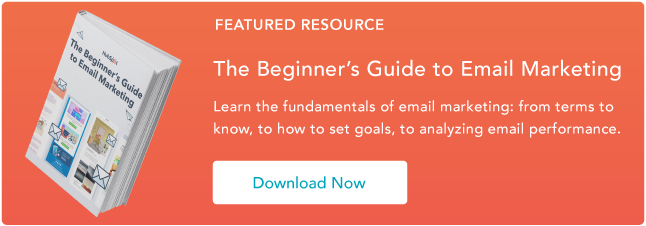

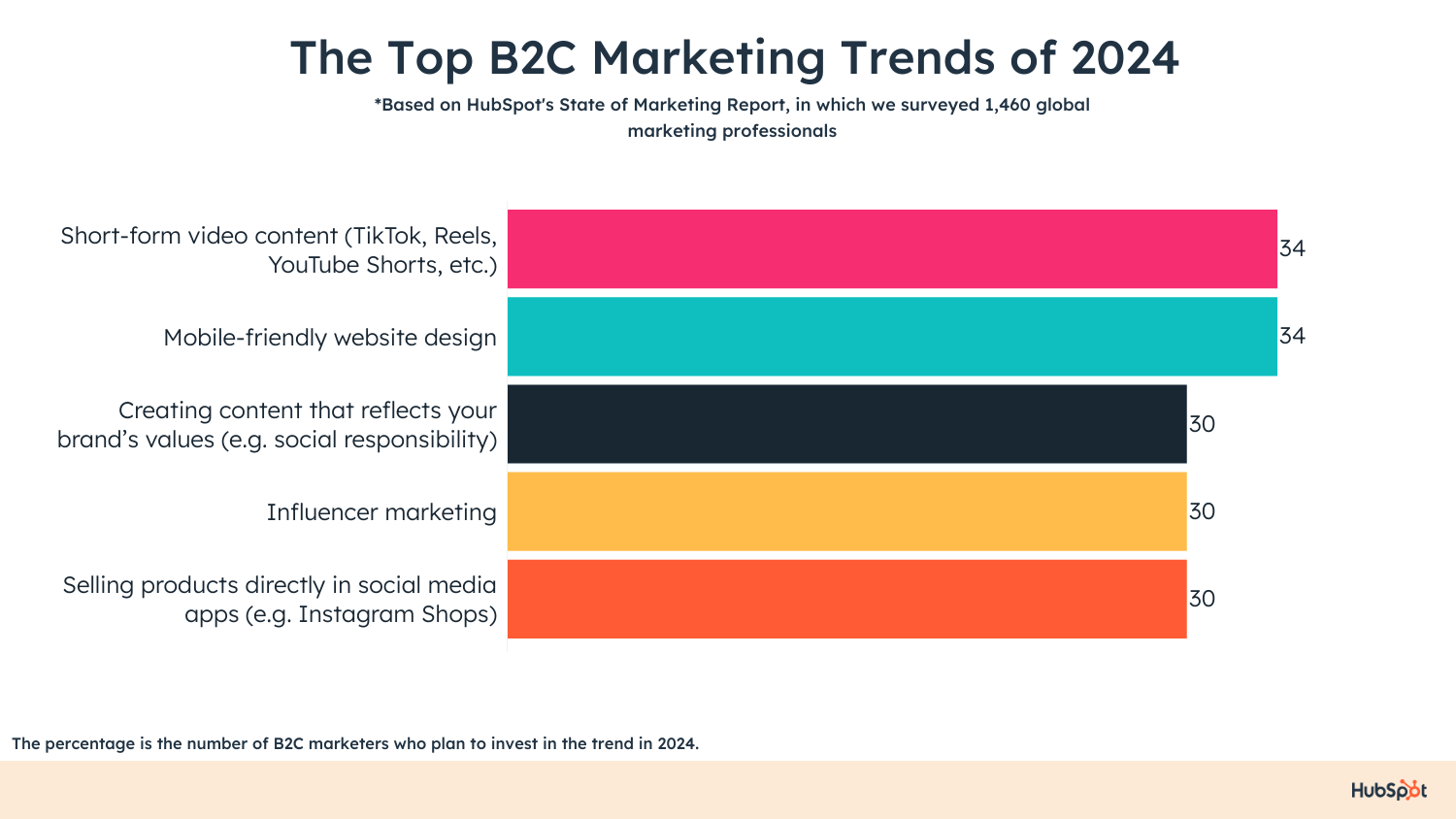 3. B2C marketers will become obsessed with creating content that reflects their brand’s values (e.g. social responsibility).
3. B2C marketers will become obsessed with creating content that reflects their brand’s values (e.g. social responsibility).![]()

![Download Now: Free State of Marketing Report [Updated for 2024]](https://i4lead.com/wp-content/uploads/2024/03/b0f73a5e-16e4-41fd-9511-8564efc560a7-1.png)


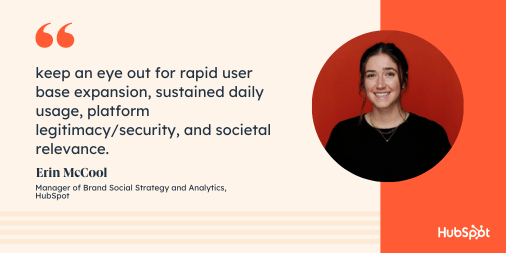
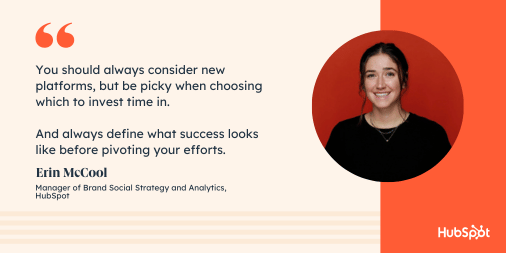

![Free Ebook: The Marketer's Guide to TikTok for Business [Download Now]](https://i4lead.com/wp-content/uploads/2024/03/2c7242e4-ad54-4f63-8627-a15aa6a2ea50.png)
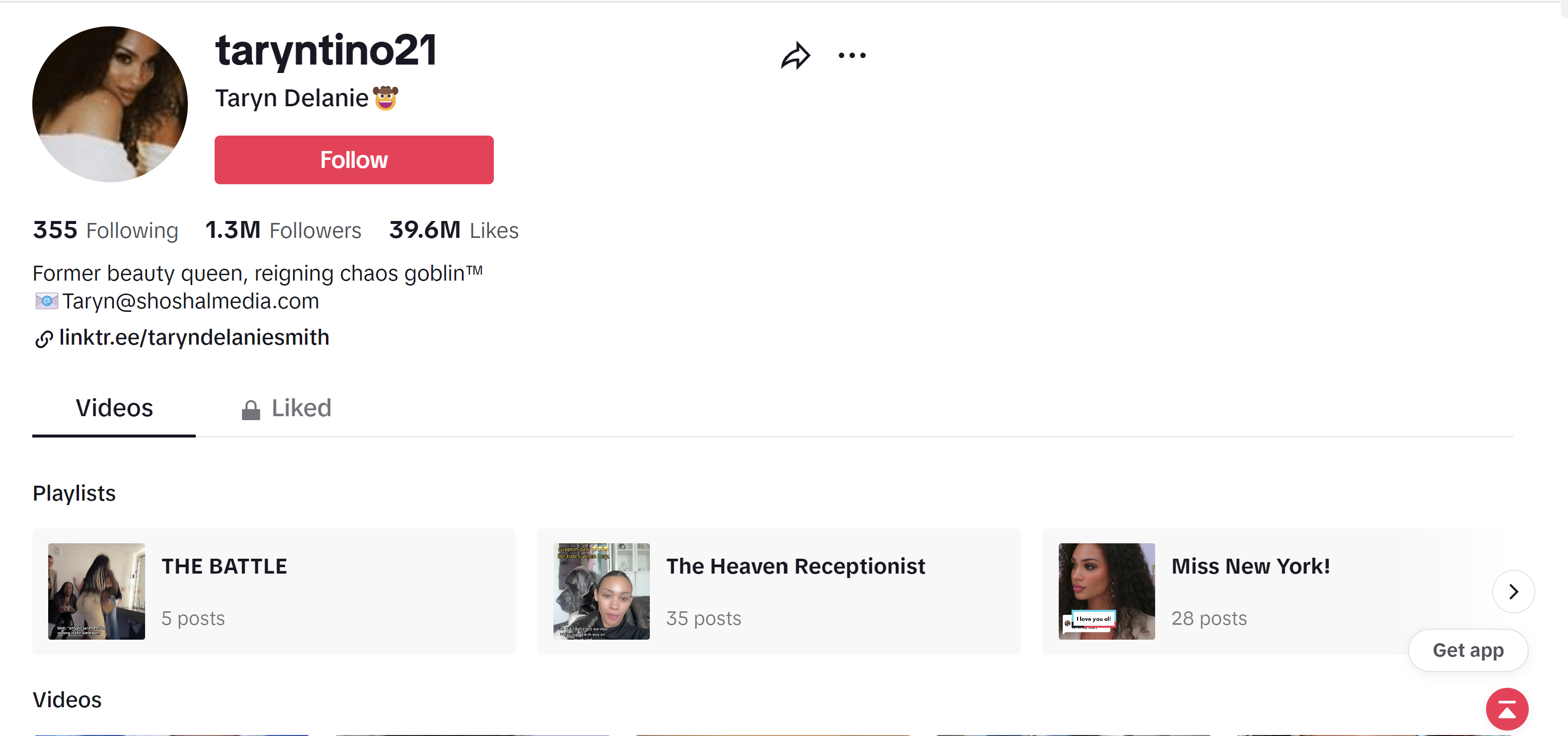

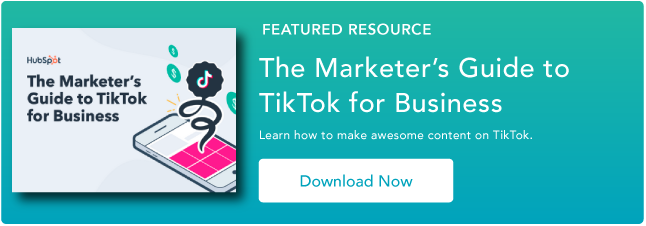
![→ Download Now: The Beginner's Guide to Email Marketing [Free Ebook]](https://i4lead.com/wp-content/uploads/2024/03/53e8428a-29a5-4225-a6ea-bca8ef991c19-2.png)
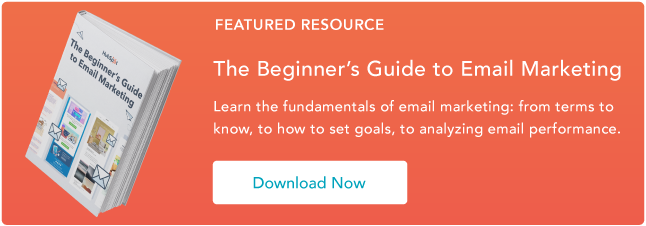
![Download Now: Free State of Marketing Report [Updated for 2024]](https://i4lead.com/wp-content/uploads/2024/03/b0f73a5e-16e4-41fd-9511-8564efc560a7.png)

![→ Download Now: The Beginner's Guide to Email Marketing [Free Ebook]](https://i4lead.com/wp-content/uploads/2024/03/53e8428a-29a5-4225-a6ea-bca8ef991c19-1.png)
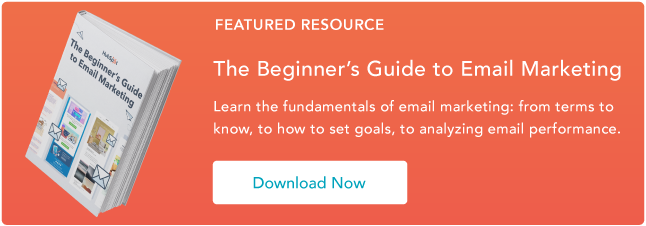
![Download Now: 10 Templates to Master Marketing Emails [Free Kit]](https://i4lead.com/wp-content/uploads/2024/03/3def1e70-dcc7-436e-bffb-73211bd749f5.png)
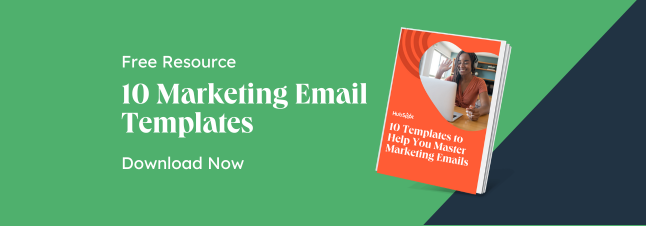
![Download Now: How to Launch a WordPress Website [Free Guide + Checklist]](https://i4lead.com/wp-content/uploads/2024/03/b5ae83fa-3a09-487e-a43a-4833bf87ab87.png)
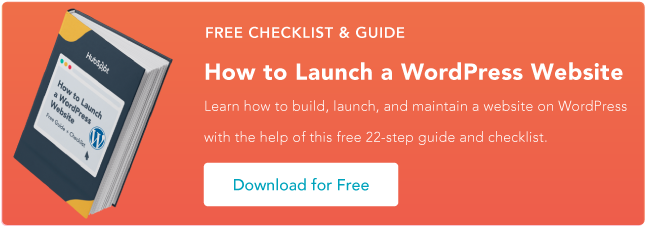
![→ Download Now: The Beginner's Guide to Email Marketing [Free Ebook]](https://i4lead.com/wp-content/uploads/2024/03/53e8428a-29a5-4225-a6ea-bca8ef991c19.png)

![Download 10 Excel Templates for Marketers [Free Kit]](https://i4lead.com/wp-content/uploads/2024/03/9ff7a4fe-5293-496c-acca-566bc6e73f42-1.png)
